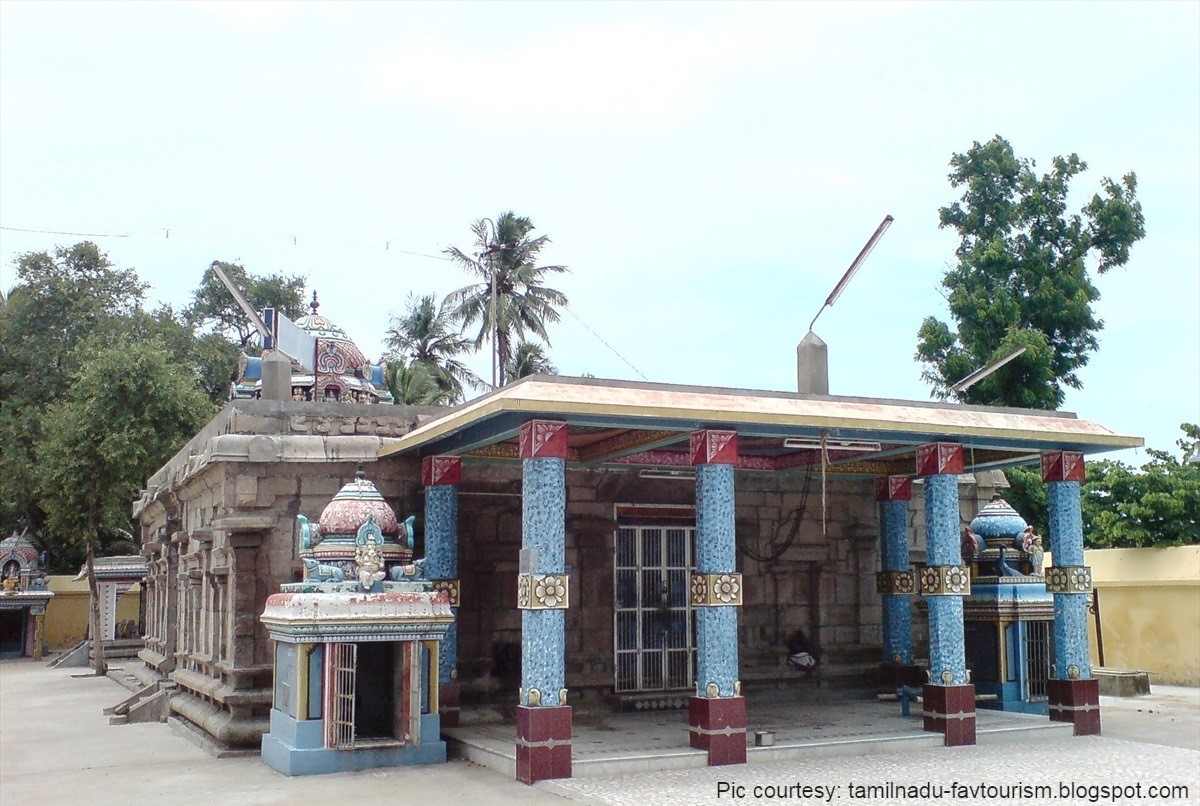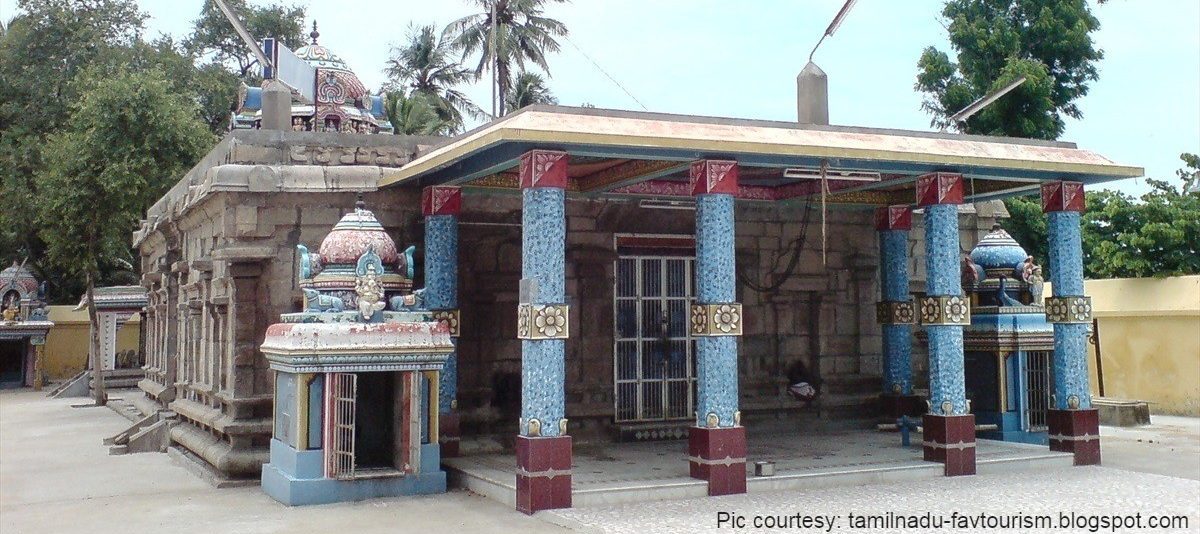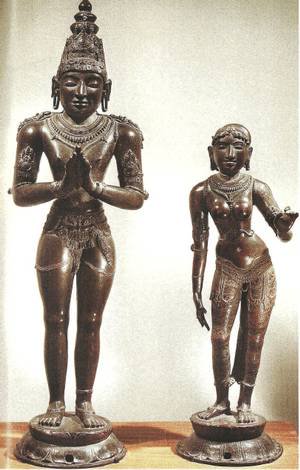Where is Rajaraja Chola’s Burial Site?

At a time of debate and increased interest over Rajaraja Chola’s burial site, we’d like to present the research work done by Late Prof. C. Govindarajan and Prof. Dr. G. Deivanayagam on this topic.
Does the burial site in Ottathoppu, Udayalur, belong to Rajaraja Cholan?
Some key points that suggest that the burial site of Ottathoppu is not Rajaraja Cholan’s.
-
There is no pedestal (Aavudaiyar) in the Shiva Lingam at Ottathoppu. The Lingam at Ottathoppu
is a Bhana Lingam, that is a Lingam without the Avudaiyar. This kind of Bhana Lingam is built
only for those whose death was untimely and not natural, that is those who were murdered.
-
The Baanam (the top cylindrical portion) is facing west. When the markings are facing west, it
signifies the burial of a hero who attained martyrdom untimely. Hence, it cannot belong to
Rajaraja Cholan who had a natural death at a good old age.
-
As Rajarajan died a natural death, the Pallippadai at Ottathoppu could be someone else’s - most likely Rajarajan’s elder brother and crown prince Aditya Karikalan, who was assassinated in his prime.
Then where is Rajaraja Cholan’s burial site?
A shrine was built over the burial site of Rajaraja Cholan by his illustrious son Rajendra Cholan in the Kailasanathar temple in Udaiyalur. The meaning of Kailasanathar is the one who attained Kailash (the original abode of Lord Shiva). It is noteworthy that Rajarajan is the only person who was able to create a Kailash in South India by a stupendous structure named by him as Dakshina Meru.
Proof that Kailasanathar Temple in Udaiyalur is the pallippadai of Rajaraja Cholan
- According to Agama rules, a pallippadai temple vimanam should take a square form and the plinth (side) should be 9 thachchu muzham (தச்சு முழம்). The Vimanam in the Kailasanathar temple has exactly this feature confirming that it is a Pallippadai temple.
- The Brahmin settlement (called Chathurvedimangalam during medieval period) near the burial site, which is the Kailasanathar temple complex, is located in the south west corner as per the ‘Agama rule and is still inhabited.



